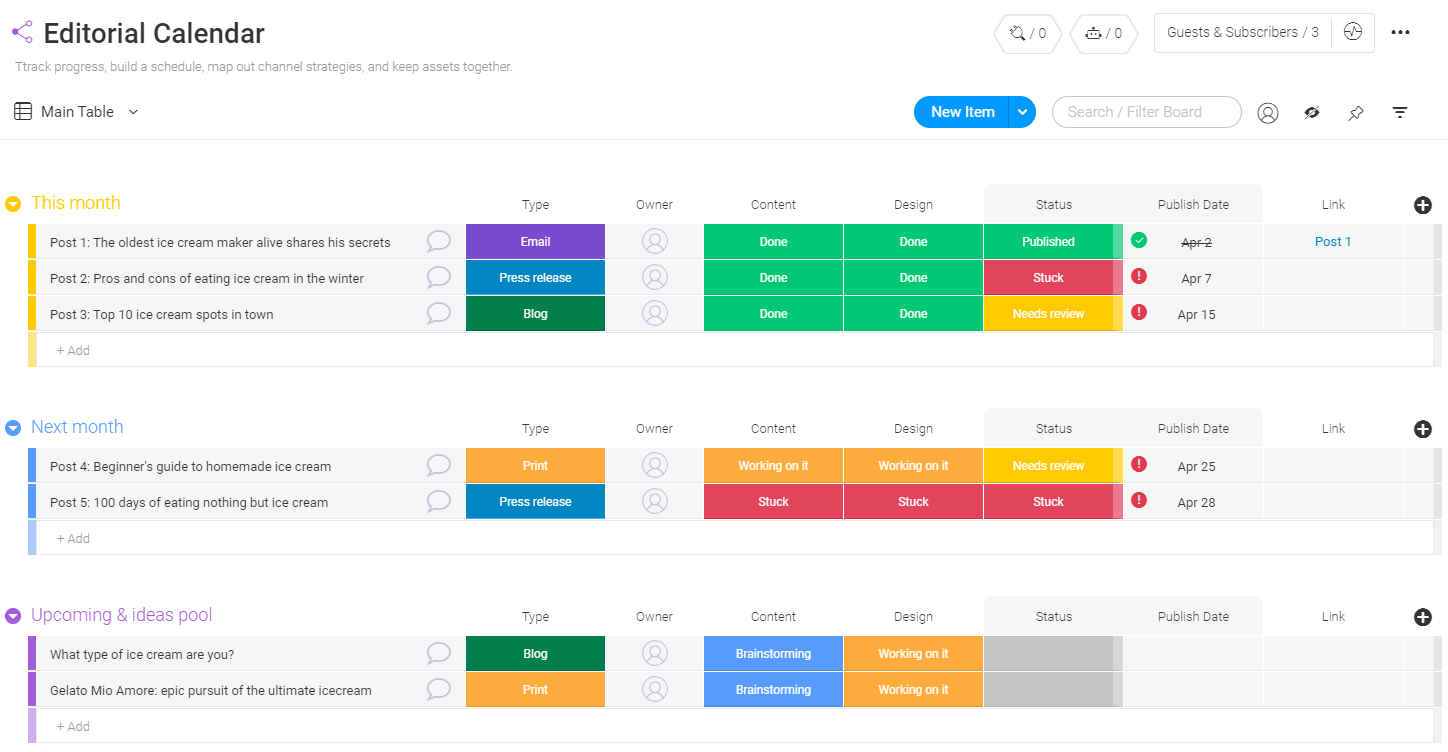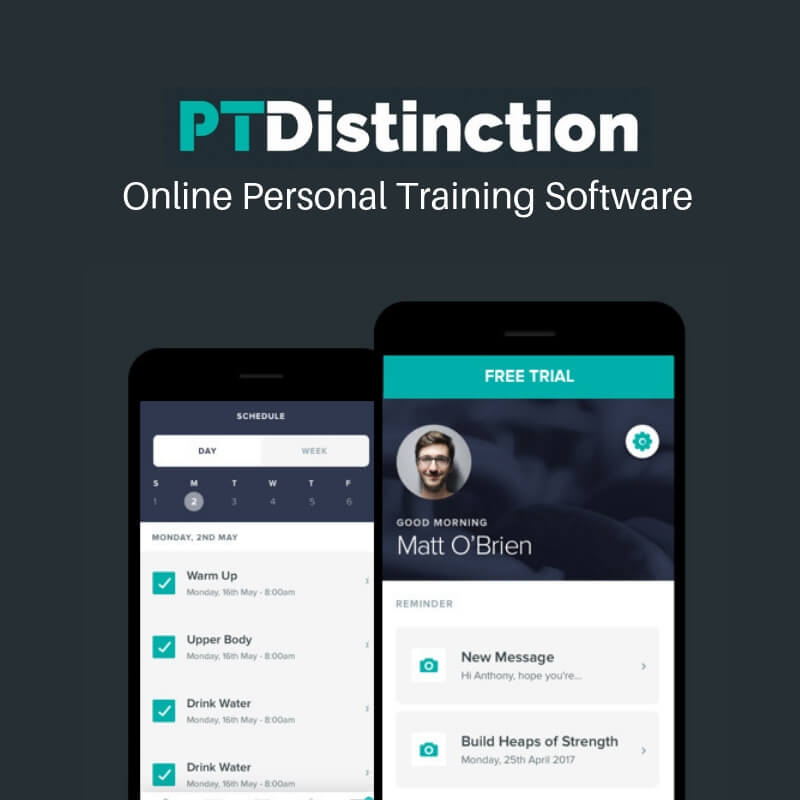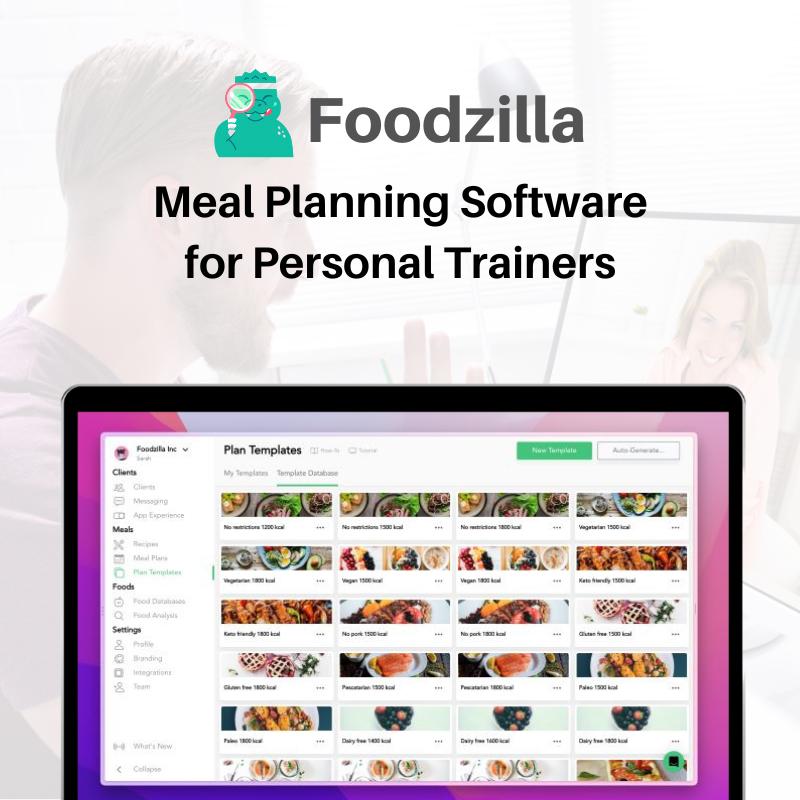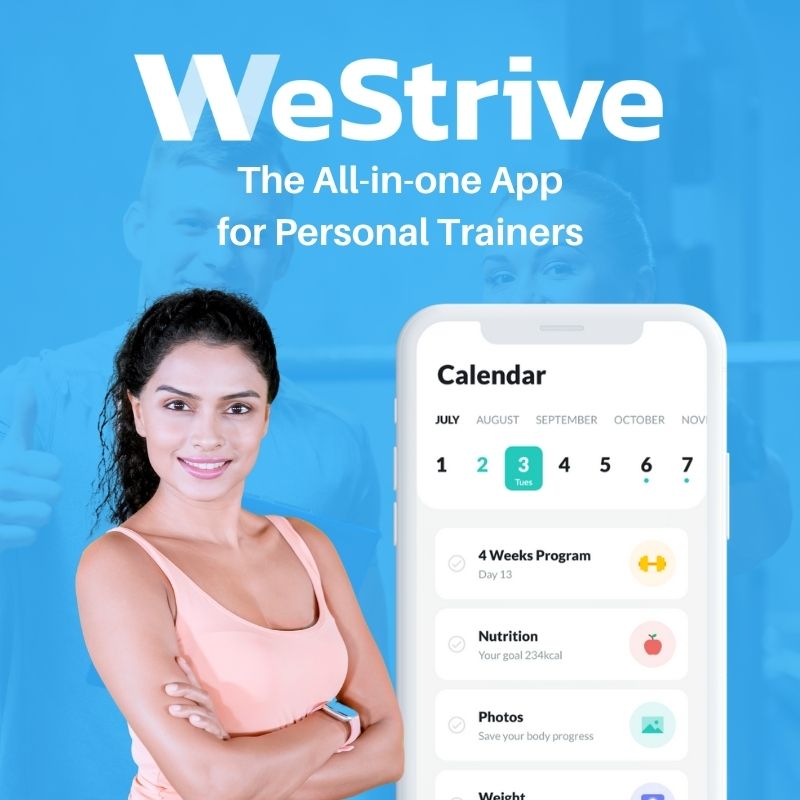As a personal trainer, you’ll understand the importance of marketing your fitness business through your content. Between updating the blog on your personal training website at least once a week to stay on top of the Google SEO algorithm, and at least one social media platform every day, it can feel relentless. Especially if we add regular emails to your list to maintain your relationship and build your authority.
It’s all too easy to get overwhelmed and forget something completely, leaving your content posting to become sporadic. Organising your content ideas is essential to a consistent posting schedule. In this article we'll help you to find a structure. Or if you want to delegate some of the writing to us, we can help with that too.
Why Use A Content Calendar?
Just like you tell your clients, results come from doing the basics really well over time. They may not see results from eating one meal on-plan or completing one workout, but being consistent with these habits make a difference.
In much the same way, consistent posting to your website has a huge return on investment. Well written blogs can rank you onto page one of Google and can bring you business for years to come. So if consistency is something you’ve struggled with, and you’ve ever sat down and felt the cold sweat that a blinking cursor can create, having a content calendar can really help.
In much the same way, consistent posting to your website has a huge return on investment. Well written blogs can rank you onto page one of Google and can bring you business for years to come. So if consistency is something you’ve struggled with, and you’ve ever sat down and felt the cold sweat that a blinking cursor can create, having a content calendar can really help.
What Is A Content Calendar?
Simply a written schedule of when you plan to post content, and what you’re going to write about. If you’ve got a personal training website, this will refer to your blog content. If you’re not there yet, and only have social media for the time being, you’re still publishing content with a view to creating leads. A regular posting schedule is what separates a hobby website and a professional lead generating website.
The content calendar is going to serve a few key purposes. First, it’s going to make sure that all the content related tasks in your fitness business actually get done. Working without a schedule means you’re more likely to miss a posting deadline, more likely to neglect updating older articles to keep them performing well in Google for you, and more likely to be hit and miss with your publishing. A calendar helps to make sure that you actually publishing content regularly.
Having a calendar can allow you to theme days of your week or even the whole month to make sure you’re publishing content which isn’t repeated. Working to an overarching theme like this can make it feel easier to get in the zone with writing and to re-purpose content that’s worked really well for your audience rather than just winging it and having to think of something on the spot.
What Elements Does A Content Calendar Need To Have?
It doesn’t need to be complicated; it’s meant to make your life easier, not be another thing to have to manage. That means you don’t need expensive software, and you can likely even do this with a paper and a pen if you’re working alone and don’t need the input of a team.
Finally, it’s a good idea to have a list of “brain dump” ideas somewhere that you can jot down as they occur to you. They may not be complete enough for scheduling in the calendar yet, but you’ll want to capture the ideas so you don’t lose them. The notes section of your phone is good for this, or if you need to collaborate with a team, you could use software such as Evernote to track all your ideas.
- Editorial: this means deciding on the actual content itself (e.g. a blog post about the benefits of intermittent fasting). This is the main part of the calendar which requires some thought, planning and works to any overall theme.
- Platform: if you’re writing the content by yourself, this is the most flexible option and could even be a physical paper notebook. It’s where ever you’re hosting the calendar itself, so if you work with a team, this is where you share ideas. For example, you could make this on a Google Sheets spreadsheet, or on a Trello board, both of which are free.
- Promotional: the next element to plan into your calendar is how you’re going to drive traffic to the post and promote what you’ve written to make sure other people see it. This could be just mentioning it on your social media posts and stories, adding it to a weekly email roundup or even hosting a live Q&A in your client Facebook group or hosting an AMA on Reddit. This could be as simple as colour coding the calendar or adding a tag that you can filter by.
Finally, it’s a good idea to have a list of “brain dump” ideas somewhere that you can jot down as they occur to you. They may not be complete enough for scheduling in the calendar yet, but you’ll want to capture the ideas so you don’t lose them. The notes section of your phone is good for this, or if you need to collaborate with a team, you could use software such as Evernote to track all your ideas.
How To Create The Content Calendar?
Ultimately, you’re going to get going in just a couple of steps that whether you use paper, software, work alone or part of a team, these are going to follow roughly the same structure.
Step 1.
Make a great big master list of all the ideas. This is probably going to be a bit messy to begin with but don’t worry about that, just list them down somewhere.
Step 2.
Once you have a list of ideas, you may notice a few themes emerging. Segment your ideas by grouping these themes together.
Step 3.
Decide how often you’re going to post at a frequency you’re able to stick to. Consistency in your schedule is more important than volume. So if you can manage to stick with once a week on your website, and 3 promotional posts on social media a week, that’s better than aiming for every day and missing posts.
Step 4.
Populate your schedule with the list of content ideas you made. This is something that now is taking shape as a proper calendar.
Step 5.
Actually commit to it for a given time period. Don’t just spend all this time making it not to use it. This is where you actually start changing a way in which you work, so don’t be surprised if you have to try out a few different methods of getting started until you find something that you like but it can make a huge difference in productivity to work to a structured schedule.
Step 1.
Make a great big master list of all the ideas. This is probably going to be a bit messy to begin with but don’t worry about that, just list them down somewhere.
Step 2.
Once you have a list of ideas, you may notice a few themes emerging. Segment your ideas by grouping these themes together.
Step 3.
Decide how often you’re going to post at a frequency you’re able to stick to. Consistency in your schedule is more important than volume. So if you can manage to stick with once a week on your website, and 3 promotional posts on social media a week, that’s better than aiming for every day and missing posts.
Step 4.
Populate your schedule with the list of content ideas you made. This is something that now is taking shape as a proper calendar.
Step 5.
Actually commit to it for a given time period. Don’t just spend all this time making it not to use it. This is where you actually start changing a way in which you work, so don’t be surprised if you have to try out a few different methods of getting started until you find something that you like but it can make a huge difference in productivity to work to a structured schedule.
Extras To Include In Your Calendar
Content refreshers.
For content which is easy to edit, like a blog post, taking time to go through older content and spruce it up from time to time not only keeps it performing for you on Google, but it’s an easy way to make updates and improvements as you develop as a researcher and a writer.
Site-wide content audits.
If you have older content on your site that is poorly written, or badly performing from the perspective of technical SEO, it can sometimes do more harm than good. Keeping an eye on what’s working on your site, and what’s causing people to navigate away (bounce rate) is a quick win that can be scheduled into your calendar once a month, or once a quarter.
Schedule and promote your social media content and your other work in other areas to grow your audience.
Whenever you do a guest post for someone else’s website, podcast interview, live talk, or any other kind of promotional marketing, pop that in your content calendar too so you remember to talk about it and promote it.
For content which is easy to edit, like a blog post, taking time to go through older content and spruce it up from time to time not only keeps it performing for you on Google, but it’s an easy way to make updates and improvements as you develop as a researcher and a writer.
Site-wide content audits.
If you have older content on your site that is poorly written, or badly performing from the perspective of technical SEO, it can sometimes do more harm than good. Keeping an eye on what’s working on your site, and what’s causing people to navigate away (bounce rate) is a quick win that can be scheduled into your calendar once a month, or once a quarter.
Schedule and promote your social media content and your other work in other areas to grow your audience.
Whenever you do a guest post for someone else’s website, podcast interview, live talk, or any other kind of promotional marketing, pop that in your content calendar too so you remember to talk about it and promote it.
Conclusion
A content calendar can be daunting to start but you’ll soon find it saves you a lot of time and effort trying to think up ideas, trying to remember good ideas that came to you a moment when you can’t write them down and sticking with a schedule of posting that can sometimes feel a little overwhelming. When you have a calendar to organise you, you’ll likely find that each article you write can create a couple of other ideas for future articles and so the calendar becomes self-populating quite quickly.









